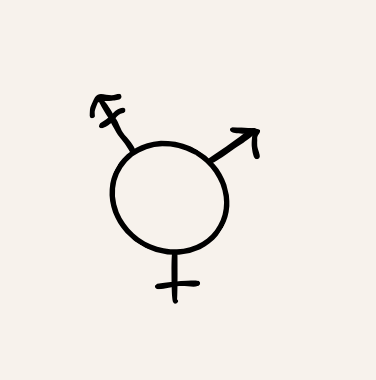Why do we look at bodies? Bodies are often seen as an obvious indicator of gender. However, the assumption that there are only two clearly separated genders is based on social norms, not on biological facts. Physical diversity comes in many forms and challenges us to think beyond these simple categories.
- Sexual characteristics such as chromosomes, hormones and physical features vary greatly. Examples include voice, body hair and reproductive organs.

Diversity of gender identities
Why is gender identity important? Gender identity is the inner conviction of one's gender - regardless of external characteristics. For many people, this identity is a deeply felt truth. Understanding this diversity is essential in order to counteract discrimination and promote respectful coexistence.
Why is this important? Many people assume that gender is fixed from birth. However, gender identity is not always visible and can differ from the category assigned at birth. This realisation helps people to respect their identity and recognise their self-definition.
Gender identity describes a person's deeply rooted knowledge of their own gender.

Gender identity is an individual truth and should not be questioned.

